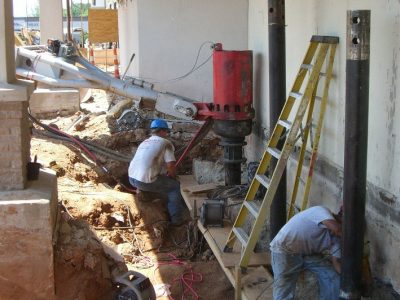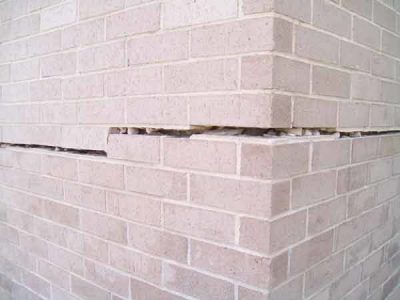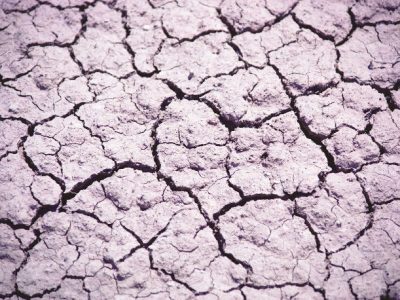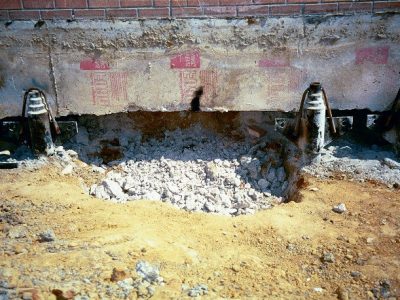

A small crack in the wall? It could mean nothing. But it could mean something big isn’t quite right.
Most of the time, it’s what’s under a building that is causing problems above. Whether you’re a homeowner, property manager, builder or real estate investor, you need to look for structural cracks and deterioration — because they could be serious warning signs.
So, what is responsible for these foundation problems? Usually, it is unstable soil.
Most often, it’s movement of unstable clay soil that shrinks and swells that cause most foundation issues. Here are the Top 3 Most Common Foundation Problems:

In areas that have high percentages of expansive clay soil, excess moisture within the soil can cause volumetric swelling. As the soil swells, it expands in volume, and expansion pressure is created and the foundation begins to move upward and basement walls push inward. We call this type of soil/foundation movement “heave.”
Specific causes of soil swelling — due to moisture absorption — include:

Just as too much moisture can cause serious foundation problems, so can shrinkage of the clay soil mass when things get too dry. But with dry conditions, the opposite of “heave” occurs — the soil shrinks in volume and foundations supported by the soil mass move downward (or “settle”).
Specific causes of soil shrinkage include:

Earth-moving, as required for new construction, can also contribute greatly to foundation issues. On “cut and fill” lots, soil consolidation often occurs when site developers excavate soil from one area of the site and move it to another area, in their efforts to make the construction pad level.
Sometimes, so much fill is required, soil is brought in from another site. But the moved/imported soil is often not compacted to the correct density to support the load of the new structure. So, it is common to see load-related subsidence when structures are built on fill material.
In addition, if the fill material is more granular, the fill soils can suffer from erosion. Erosion can be caused by:
Even traffic and machinery vibrations can consolidate the soil and lead to subsidence, which reminds us that the above causes of foundation failure are by no means the only causes of these issues.
But thankfully, there are many things that you — and Power Lift — can do to repair a residential or commercial foundation. Also, there are many things that can be done to maintain a solid foundation.